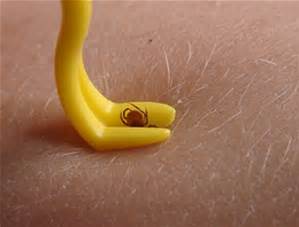
Dog and cat flea problems are common throughout the year. We have many hundreds of clients each year, bringing in dogs and cats complaining of ongoing flea problems after using products from supermarkets and pet stores.Why is this ?
Well the flea cycle involves a flea jumping on to your pet, feeding for a day or two and then jumping off into your carpets/ floors and laying hundreds of microscopic eggs. These eggs are very difficult to remove or destroy and can hatch out over the next weeks or months later, so starting the cycle again. It is important that any flea product used kills all fleas on the pet, as even one or two fleas can lay many hundreds of eggs. It is also important to use a household flea spray on the floors, which kill the microscopic larvae that hatch from the eggs. Many of the products sold at shops are simply not strong enough to kill all the fleas. You can check for flea infestation by looking for specks of dirt (flea droppings) which when combed onto wet white paper leave a red halo.
Our advice is
Lungworm
We are seeing increasing numbers of cases of lungworm in dogs. Lungworm is spread by foxes, and passed to slugs and snails. If a dog eats a slug or snail, or licks the slimy slug trail then they can become infected. As the lungworm develop and grow they may cause coughing, unexplained bleeding and even heart failure.
This can be a very dangerous disease if not detected and treated early enough and we have had a number of fatal cases. You can see a video of the life-cycle on our blog here
Prevention is the best course of action with a monthly application of a spot on called Advocate to the back of the dogs neck. This is a prescription only medicine which can be supplied according to your dogs weight.

We do see ticks on both dogs and cats occasionally. Ticks can spread Lyme disease, although this appears more common in more rural areas. As long as the tick is removed within a day or two, it is unlikely that it will have had time to pass on any infections. If an odd tick is found it is best removed with a special implement (tick remover) that can be purchased from us. The trick is to twist the tick with the implement so that it releases its grip on the skin before being removed. Pulling a tick off by hand may leave the mouth parts in the skin, which can cause a reaction.
If your pet is prone to getting ticks we recommend using a Seresto collar, which is effective at repelling and killing ticks for upto 8 months in both cats and dogs. It can be safely combined with Advocate.